Sony TiVo SVR-2000 Image Gallery
TiVo is a digital video recorder (DVR) developed and marketed by TiVo Inc. and introduced in 1999. TiVo provides an on-screen guide of scheduled broadcast programming television programs, whose features include “OnePass” schedules which record every new episode of a series, and “WishList” searches which allow the user to find and record shows that match their interests by title, actor, director, category, or keyword.
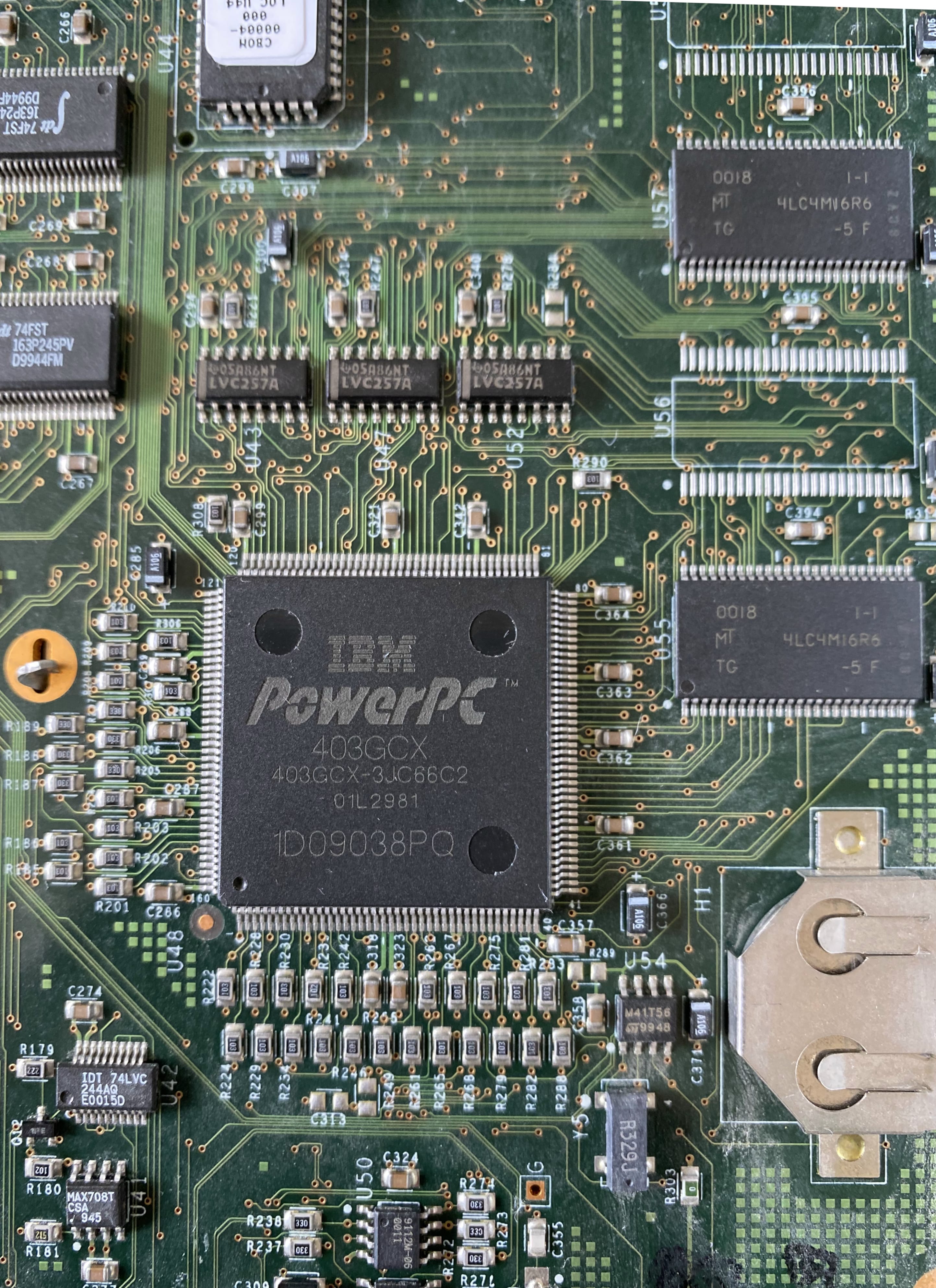
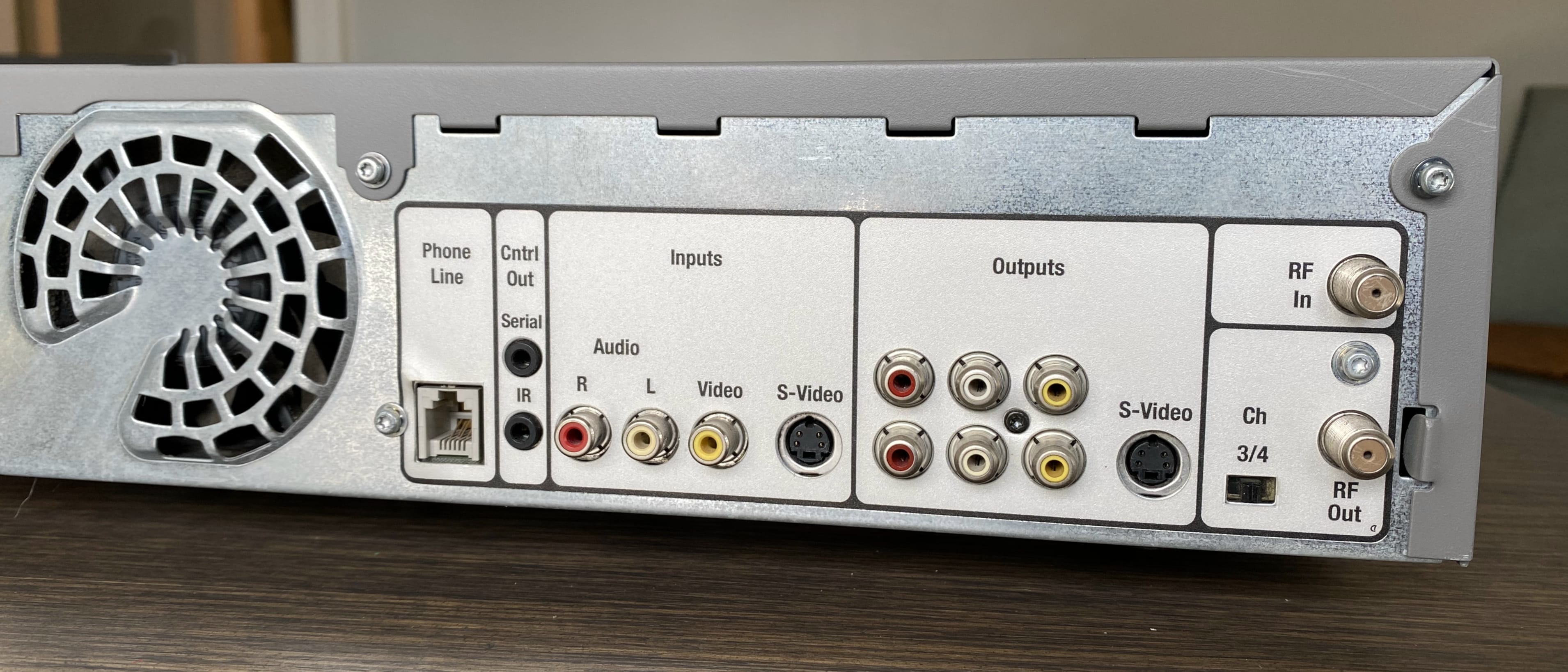

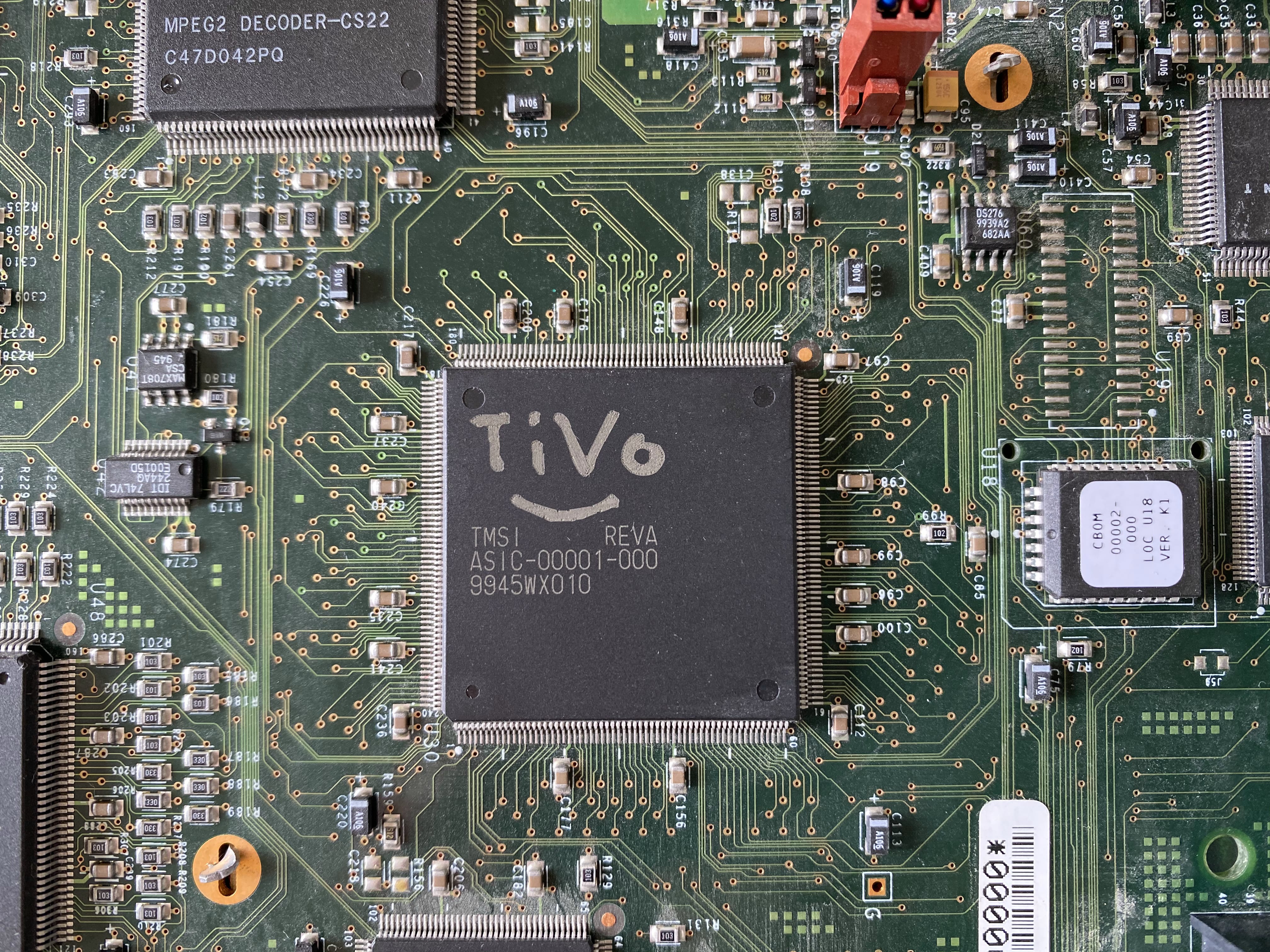
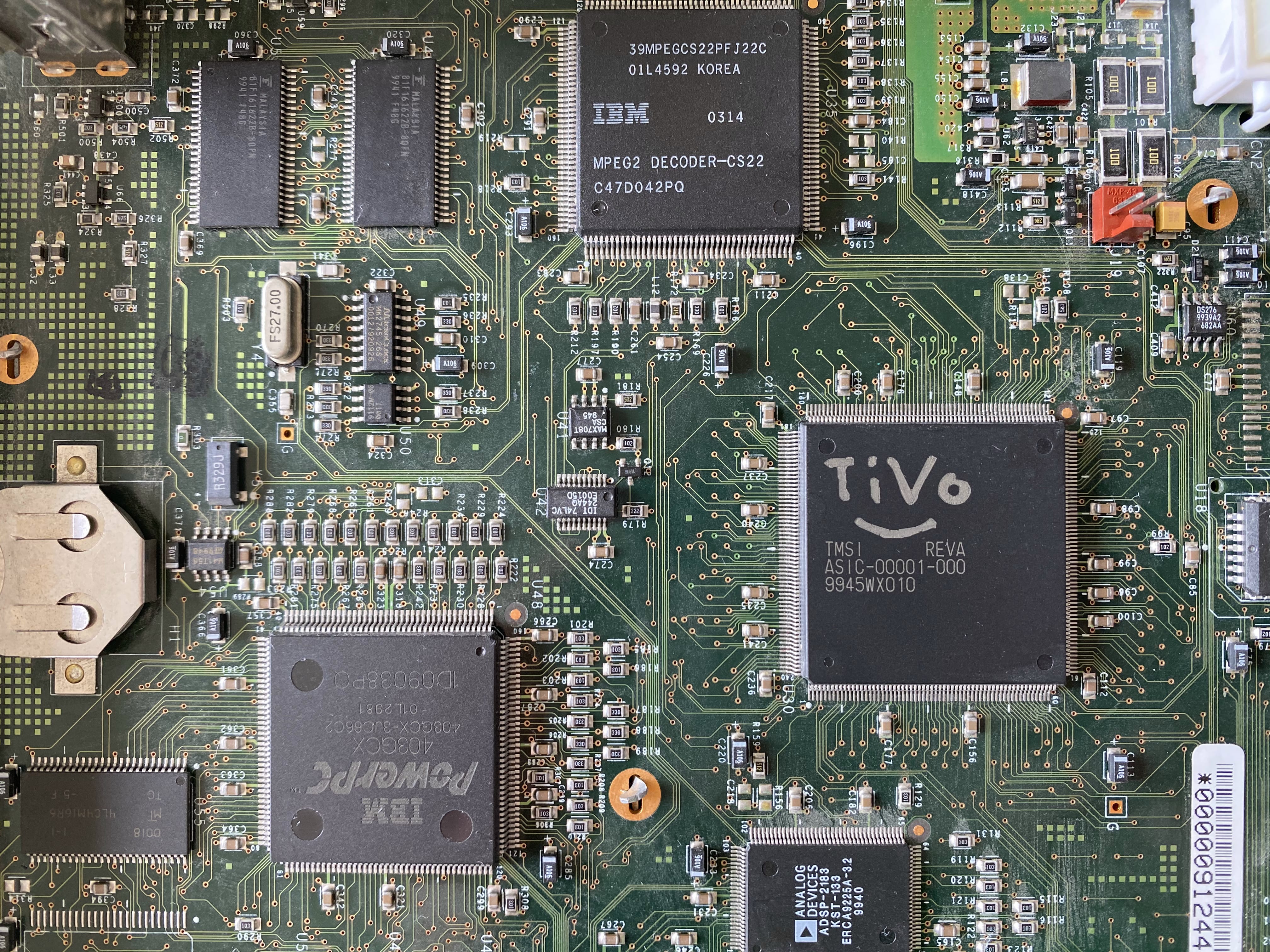
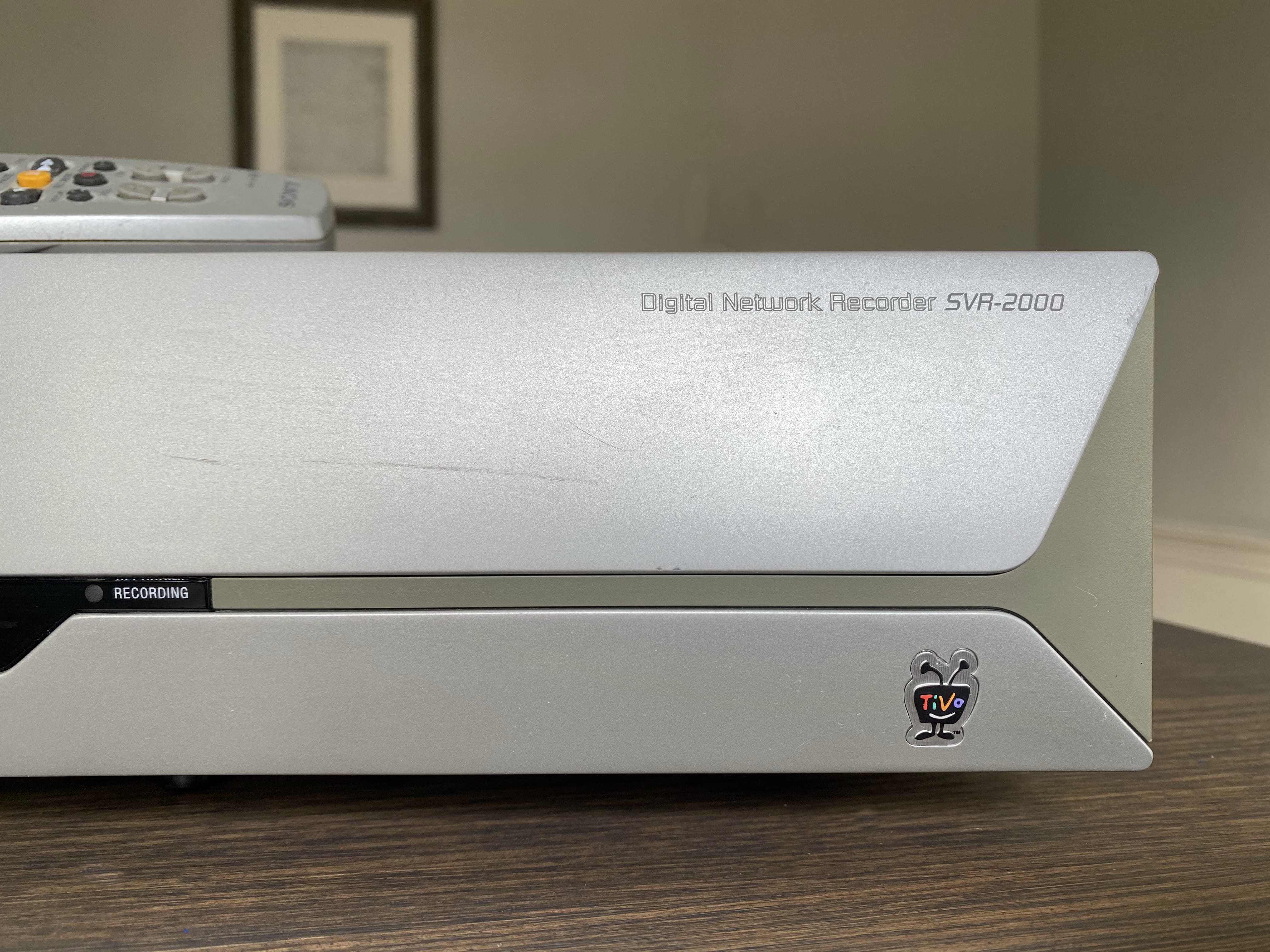
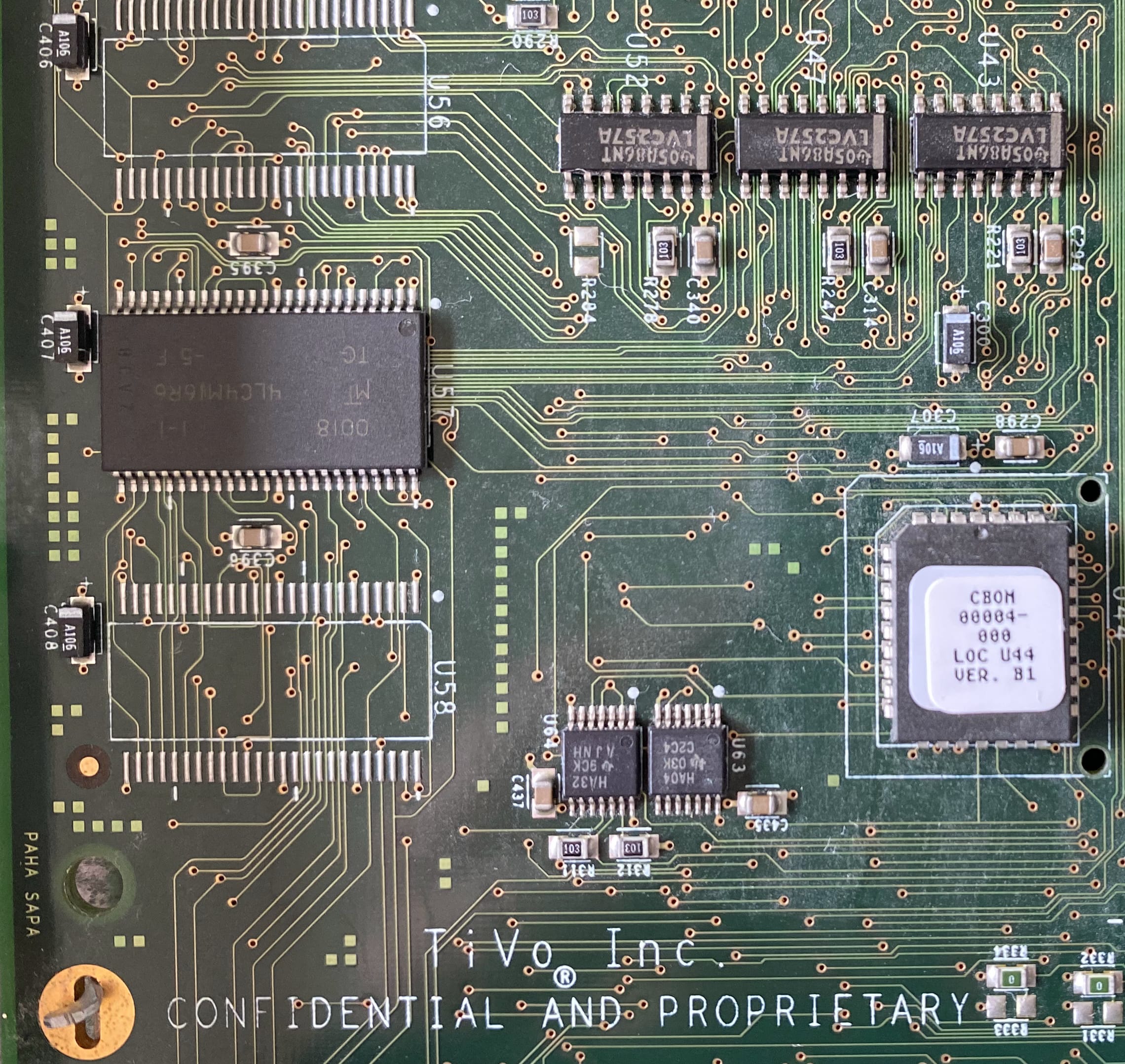
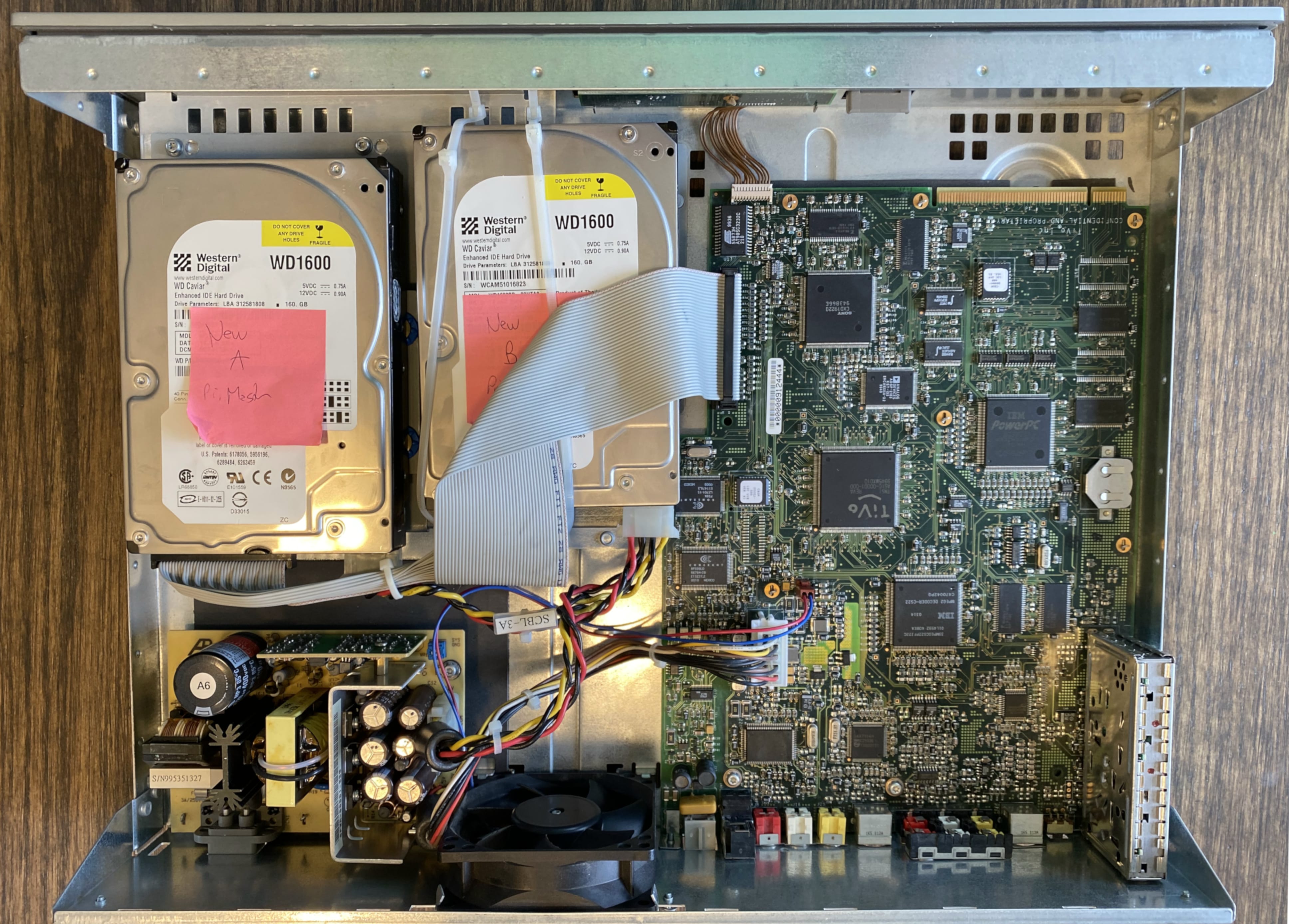
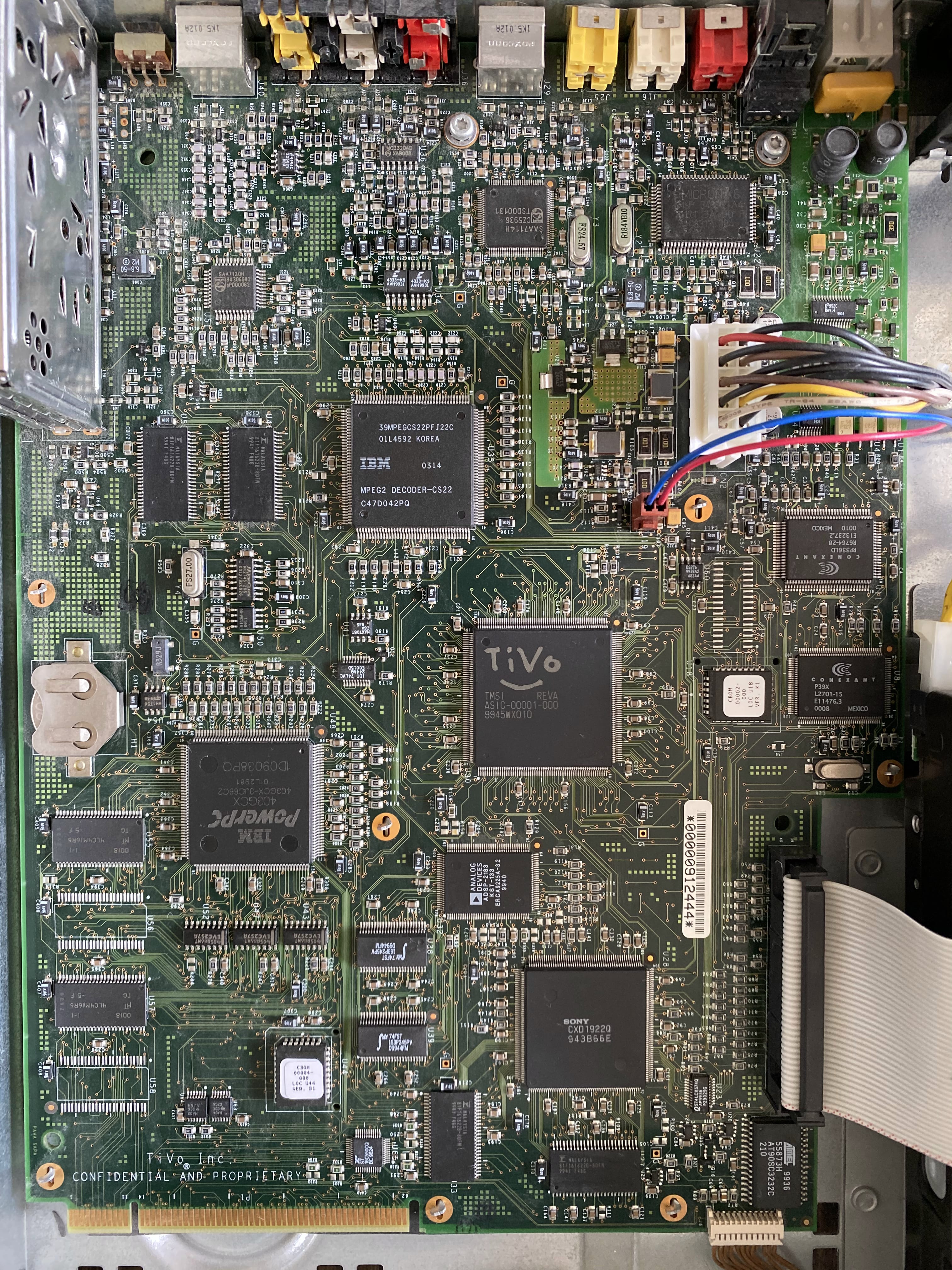
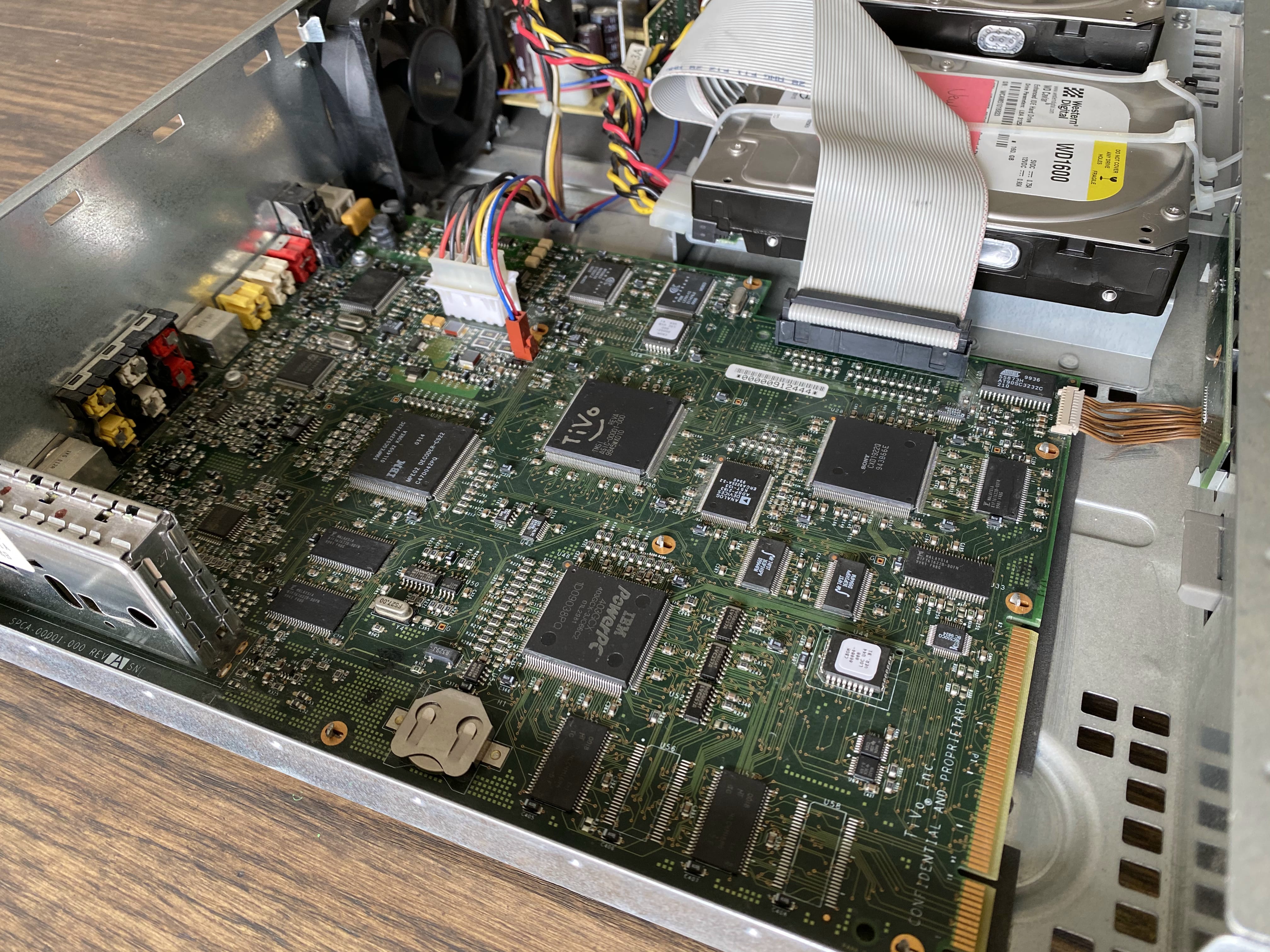
Ken Fisher, “TiVo Personal Television Receiver,” Ars Technica, April 1, 2000, https://arstechnica.com/gadgets/2000/04/tivo/2/ .
International Business Machines Corporation, “IBM TO SELL CHIP PACKAGE FOR DIGITAL TV DEVICES” .11 May 2000. Internet Archive. https://web.archive.org/web/20000511001253/http://www-5.ibm.com/uk/releases/may97/97122.htm
Wikipedia contributors, “TiVo digital video recorders,” Wikipedia, The Free Encyclopedia, https://en.wikipedia.org/w/index.php?title=TiVo_digital_video_recorders&oldid=1015215130 .
Krikorian, Raffi. “TiVo Hacks: 100 Industrial-Strength Tips & Tools.” United States: O’Reilly Media, 2003. https://www.google.com/books/edition/TiVo_Hacks/OsT9uglnpZIC
